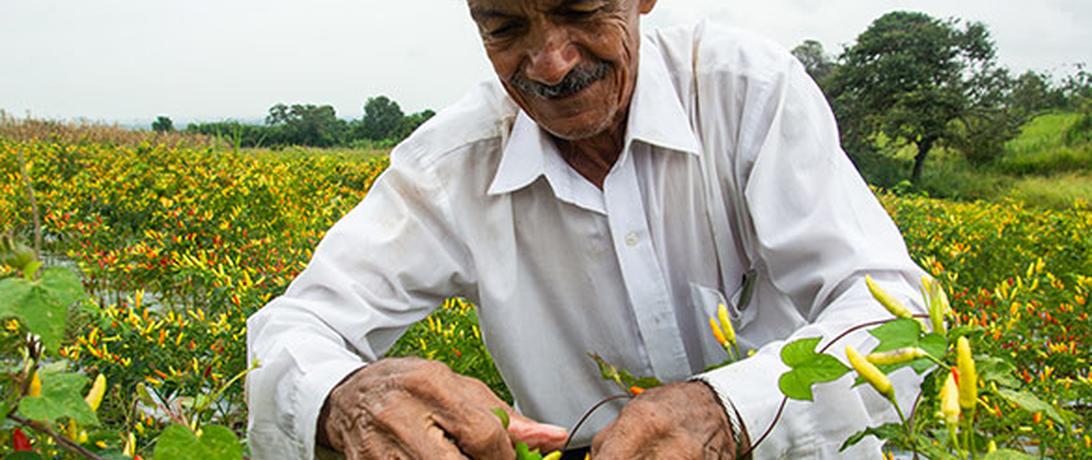The Rural Alternative School of Miranda is located in northern Cauca and was the first ERA developed by PASO Colombia. It currently has 63 participants between ex-combatants and peasants. The Peasant Association for the Defense of the Constitution of the Peasant Farmer Reserve of the Municipality of Miranda -ASPROZONAC, decided to cede five hectares to develop joint projects with people in the process of reincorporation. This is the space where ERA conducts its work and where peasants develop agricultural projects with people in the process of reincorporation (from the CEPRODET cooperative). This platform for collaboration has the support of allies such as the National Training Service (SENA), the Cauca’s Coffee Growers Committee, Hugo Restrepo & Cia, and the University of Valle.
The Peasant Farmer Reserve Zone (ZRC) of Miranda, Cauca, was created four years ago as a part of the collective reparation of peasant ASPROZONAC members, who were victims of forced displacement 17 years ago, after a paramilitary incursion in the Monterredondo area.
When the Peace Agreement was signed by the Colombian government and FARC-EP in 2016, a Transitional Rural Normalization Zones (ZVTN, for its Spanish acronym) was established in the Monterredondo hamlet. That is where the Sixth Front ex-combatants, who historically operated in northern Cauca and the central mountain range, gathered. PASO Colombia mediated conversations between peasants and ex-combatants, achieving an alliance that brought about the establishment of the country’s first ERA.
For decades, the Peasant Farmer Reserve’s land was used for sugarcane monocultures, which resulted in soil degradation and depletion of soil nutrients. In response, this ERA set up agricultural projects based on soil recovery (achieved by producing and using organic fertilizer). Currently, the ERA produces chili peppers under an agreement with Hugo Restrepo & Cia, biofortified beans with seeds donated by Harvest Plus, fish, pigs, organic fertilizer, aromatic plants, vegetables, and fruits. Gardens and nurseries have also been set up to provide food self-sufficiency for families working on the project.
This learning and land recovery process, alongside daily work dynamics, have strengthened the bonds between ex-combatants and peasants. Other agricultural projects have followed the example of projects started by the ERA, therefore growing the productive development of the ZRC and its surrounding areas.

